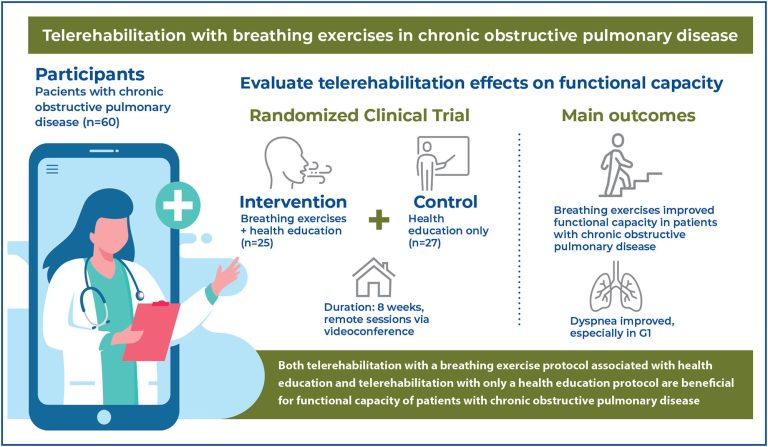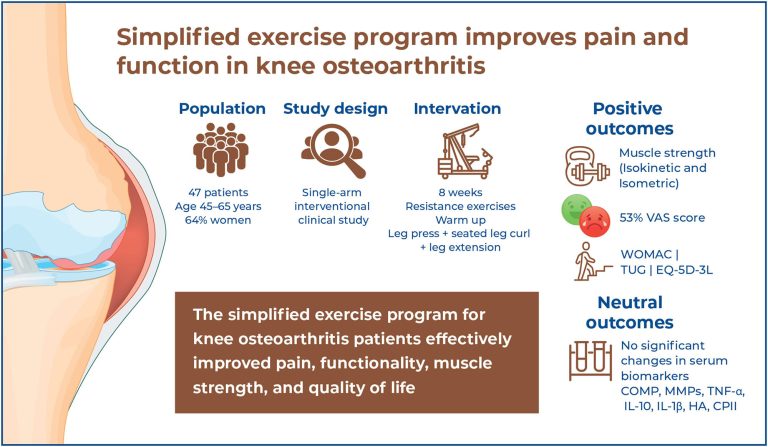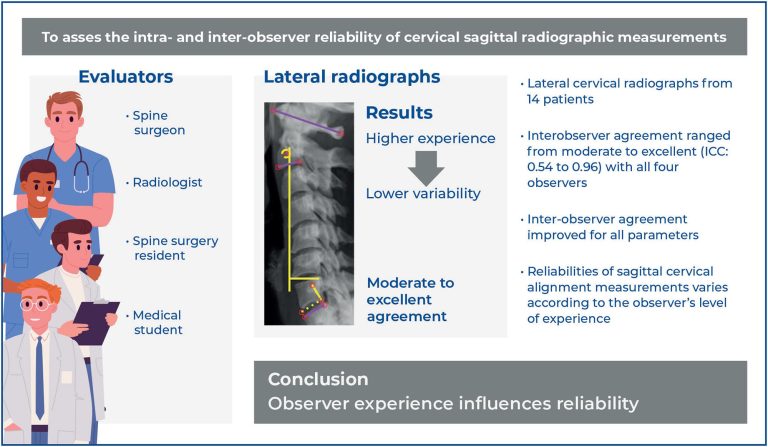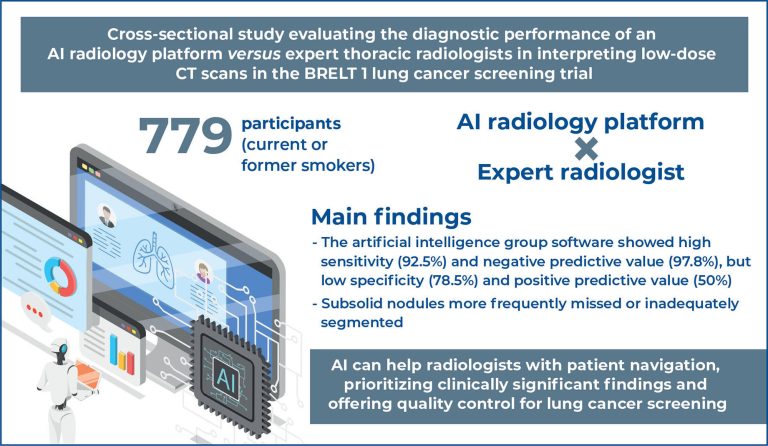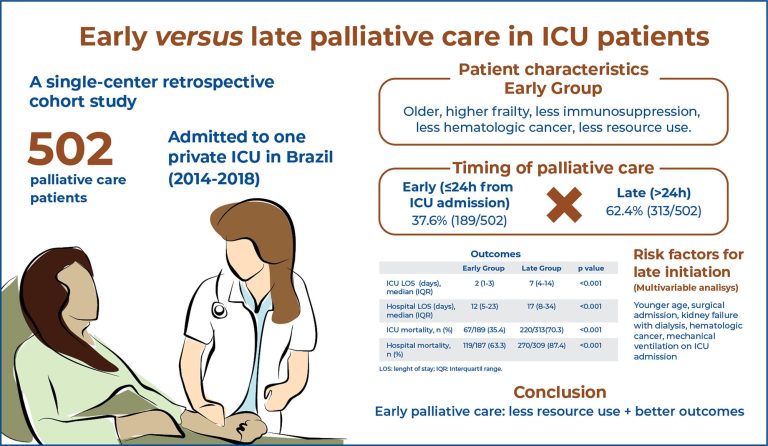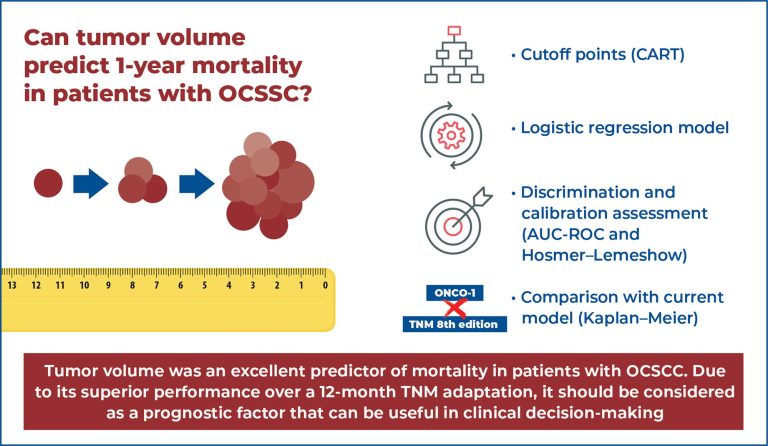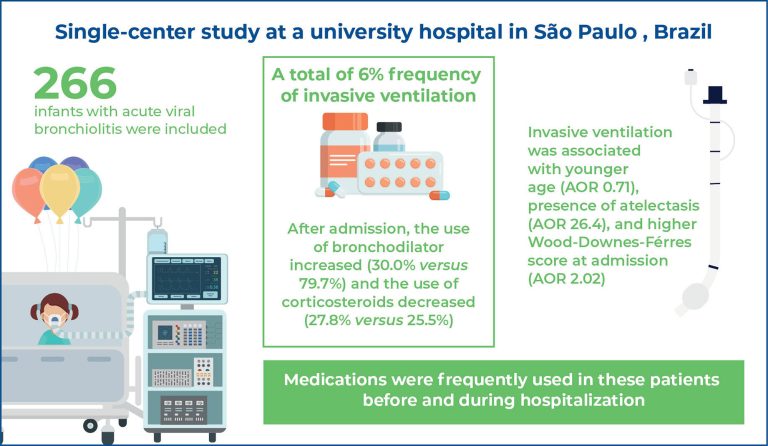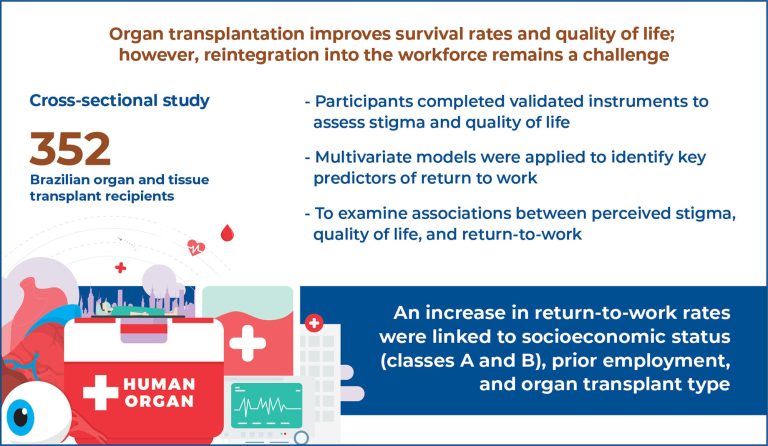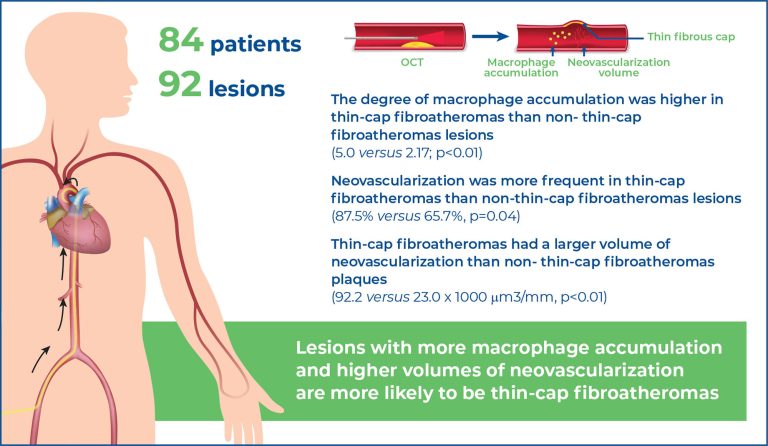13/Nov/2025
Telerehabilitation with breathing exercises as a strategy to improve functional capacity of patients with chronic obstructive pulmonary disease: randomized clinical trial
einstein (São Paulo). 13/Nov/2025;23:eAO1182.
View Article13/Nov/2025
Telerehabilitation with breathing exercises as a strategy to improve functional capacity of patients with chronic obstructive pulmonary disease: randomized clinical trial
DOI: 10.31744/einstein_journal/2025AO1182
Highlights ■ Telerehabilitation included breathing exercises and health education. ■ Health education alone was applied in the Control Group. ■ Remote sessions were conducted at home via videoconference for 8 weeks. ■ Breathing exercises improved functional capacity in patients with chronic obstructive pulmonary disease. ABSTRACT Objective: This study aimed to analyze the effects of two proposed telerehabilitation interventions on the functional capacity of patients with chronic obstructive pulmonary disease. Methods: A randomized clinical trial was conducted with 60 patients of […]
Keywords: chronic obstructive; Exercise tolerance; Functional status; Pulmonary disease; Rehabilitation; Telerehabilitation
13/Nov/2025
Effect of simplified exercise program on quality of life, biomarkers, pain and muscle strength of individuals with knee osteoarthritis
DOI: 10.31744/einstein_journal/2025AO1192
Highlights ■ The exercise program reduced the WOMAC score by 50%, VAS score by 53%, and improved isokinetic strength. ■ There were no significant changes in levels of serum COMP, MMPs, or pro-inflammatory cytokines. ■ Biomarker levels did not correlate with clinical improvement outcomes. ■ This exercise program is feasible for knee osteoarthritis management in primary care. ABSTRACT Objective: To evaluate a simplified exercise program for patients with knee osteoarthritis in terms of pain, functionality, muscle strength, and quality of […]
Keywords: Biomarkers; Exercise therapy; Muscle strength; Osteoarthritis, knee; Pain measurement; Quality of life
13/Nov/2025
Intra- and inter-observer reliabilities of cervical sagittal radiographic measurements among evaluators with different levels of training
einstein (São Paulo). 13/Nov/2025;23:eAO1947.
View Article13/Nov/2025
Intra- and inter-observer reliabilities of cervical sagittal radiographic measurements among evaluators with different levels of training
DOI: 10.31744/einstein_journal/2025AO1947
Highlights ■ Observer experience improves radiographic measurement reliability. ■ Spine surgeons and radiologists exhibited the highest intra-class correlation coefficients. ■ The cervical sagittal vertical axis showed the greatest inter-observer variability. ■ Standardized training may enhance measurement consistency. ABSTRACT Objective: To assess the intra- and inter-observer reliabilities of cervical sagittal radiographic measurements performed by evaluators with varying levels of clinical experience. Methods: This study analyzed lateral cervical radiographs from 14 patients who had undergone single-level anterior cervical discectomy and fusion. Four […]
Keywords: Cervical vertebrae; Diskectomy; Observer variation; Radiographic image interpretation, computer-assisted; Radiologists; Reproducibility of Results; Spinal fusion; Spine; Students, medical; Surgeons
10/Nov/2025
Artificial intelligence in a Brazilian lung cancer screening program: accuracy and predictive values
DOI: 10.31744/einstein_journal/2025AO1283
Highlights ■ The artificial intelligence tool demonstrated high sensitivity (92.5%) and a negative predictive value of 97.8%. This effectively excluded examinations that were not clinically significant. ■ However, its low specificity (78.5%) and positive predictive value (50%) emphasize the importance of radiologist’s supervision. ■ – artificial intelligence missed 4.7% of nodules measuring >6mm, most of which were subsolid (62%). ■ The tool has the potential to improve workflows in lung cancer screening programs. ABSTRACT Objective: We aimed to investigate the […]
Keywords: Artificial intelligence; Lung neoplasms; Mass screening; Radiation dosage; Tomography, x-ray computed
Comparing radiological response to radiofrequency ablation, percutaneous ethanol injection, and transarterial chemoembolization in patients with hepatocellular carcinoma on the waiting list for liver transplant
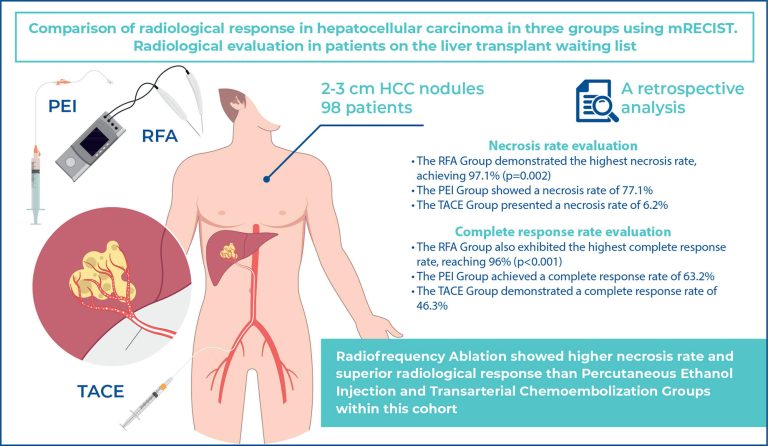
10/Nov/2025
Comparing radiological response to radiofrequency ablation, percutaneous ethanol injection, and transarterial chemoembolization in patients with hepatocellular carcinoma on the waiting list for liver transplant
einstein (São Paulo). 10/Nov/2025;23:eAO1315.
View Article10/Nov/2025
Comparing radiological response to radiofrequency ablation, percutaneous ethanol injection, and transarterial chemoembolization in patients with hepatocellular carcinoma on the waiting list for liver transplant
DOI: 10.31744/einstein_journal/2025AO1315
Highlights ■ Minimally invasive neoadjuvants are usually recommended for patients on the transplant waiting list. ■ Radiofrequency ablation showed a higher necrosis rate and superior radiological response than did percutaneous ethanol injection and transarterial chemoembolization in this study cohort. ABSTRACT Objective: We aimed to compare the radiological response in small hepatocellular carcinomas treated with radiofrequency ablation, percutaneous ethanol injection, and transarterial chemoembolization using the modified Response Evaluation Criteria in Solid Tumor radiological evaluation in patients on the waiting list for […]
Keywords: Catheter ablation; Chemoembolization therapy; Ethanol; Hepatocellular carcinoma; Liver neoplasms; Liver transplantation; Radiofrequency ablation; Waiting lists
10/Nov/2025
Characteristics and outcomes of patients receiving palliative care in the intensive care unit: retrospective single-center cohort study
einstein (São Paulo). 10/Nov/2025;23:eAO1491.
View Article10/Nov/2025
Characteristics and outcomes of patients receiving palliative care in the intensive care unit: retrospective single-center cohort study
DOI: 10.31744/einstein_journal/2025AO1491
Highlights ■ Patients who received early palliative care were younger with more immunosuppression. ■ Intensive care unit and hospital mortality were higher with late palliative care. ■ Early palliative care reduced the use of advanced life support resources. ABSTRACT Objectives: To describe the use of advanced life support, resource utilization, and clinical outcomes and to identify the risk factors for late initiation of palliative care support in patients at the intensive care unit. Methods: A retrospective, single-center cohort study conducted […]
Keywords: Attitude of health personnel; Dehumanization; Family support; Palliative care; Patient care team; Professional-family relations
10/Nov/2025
ONCO-1: Development of a univariate tool based on tumor volume to predict 1-year mortality in patients with oral cavity squamous cell carcinoma
einstein (São Paulo). 10/Nov/2025;23:eAO1878.
View Article10/Nov/2025
ONCO-1: Development of a univariate tool based on tumor volume to predict 1-year mortality in patients with oral cavity squamous cell carcinoma
DOI: 10.31744/einstein_journal/2025AO1878
Highlights ■ We developed ONCO-1, a simple tool based on tumor volume. ■ Cutoff points were defined by a CART model. ■ Tumor volume was a prognostic factor for 1-year mortality. ■ Tumor volume can to support clinical decision-making. ABSTRACT Objective: To develop a simple and accessible univariate tool based on tumor volume to predict 1-year mortality in patients with oral cavity squamous cell carcinoma. Methods: A retrospective analysis was conducted on patients with oral cavity squamous cell carcinoma included […]
Keywords: Carcinoma, squamous cell; Decision trees; Logistic models; Mortality; Mouth neoplasms; Prognosis; Tumor burden
31/Oct/2025
Determinants of invasive ventilation in infants with acute bronchiolitis: an observational study of pre-hospital and in-hospital treatments
DOI: 10.31744/einstein_journal/2025AO1512
Highlights ■ This single-center study evaluated the frequency and factors associated with invasive ventilation in infants with acute viral bronchiolitis on a pediatric ward. ■ The study revealed an invasive ventilation rate of 6%, associated with age, presence of atelectasis, and Wood-Downes-Ferres score at admission. ■ Many interventions with poor scientific evidence were used. ■ This study highlights the need to implement clinical protocols for the management of acute viral bronchiolitis, including all levels of care, as these infants are […]
Keywords: Bronchiolitis; Bronchodilator agents; Child; Epidemiology; Hospitalization; Infant; Intubation; Pulmonary atelectasis
31/Oct/2025
Stigma, quality of life, and return-to-work outcomes among organ and tissue transplant recipients in Brazil: a cross-sectional study
DOI: 10.31744/einstein_journal/2025AO1737
Highlights ■ The return to work rate was 53.7%, with slower and lower reintegration among low-income recipients. ■ Individuals with higher socioeconomic status (Classes A and B) were over twice as likely to return to work compared with lower socioeconomic status. ■ Higher stigma scores were significantly associated with reduced quality of life in Functional Capacity, Mental Health, and Social Functioning domains (p<0.001). ■ Older age (≥51 years), racial disparities, and unemployment before transplantation were strong barriers to occupational reintegration. […]
Keywords: Organ transplantation; Quality of life; Return to work; Social Stigma; Surveys and questionnaires
23/Oct/2025
Thin-cap fibroatheroma association with local inflammatory activity in coronary disease: an optical-coherence tomography study
einstein (São Paulo). 23/Oct/2025;23:eAO1592.
View Article23/Oct/2025
Thin-cap fibroatheroma association with local inflammatory activity in coronary disease: an optical-coherence tomography study
DOI: 10.31744/einstein_journal/2025AO1592
Highlights ■ Optical coherence tomography enables in vivo characterization of inflammatory activity within coronary plaques. ■ Thin-cap fibroatheromas demonstrate greater macrophage accumulation than non-thin-cap fibroatheromas. ■ Neovascularization is more frequent and quantitatively greater in thin-cap fibroatheromas. ■ The combined burden of macrophages and neovessels provides predictive value for plaque vulnerability. ABSTRACT Objective: The aim of the present study is to assess whether the intensity of local inflammation relates to the presence of thin-cap fibroatheromas. Methods: Retrospective, single-center study of patients […]
Keywords: Atherosclerosis; Coronary artery disease; Inflammation; Microphages; Plaque, atherosclerotic; Tomography, optical coherence


